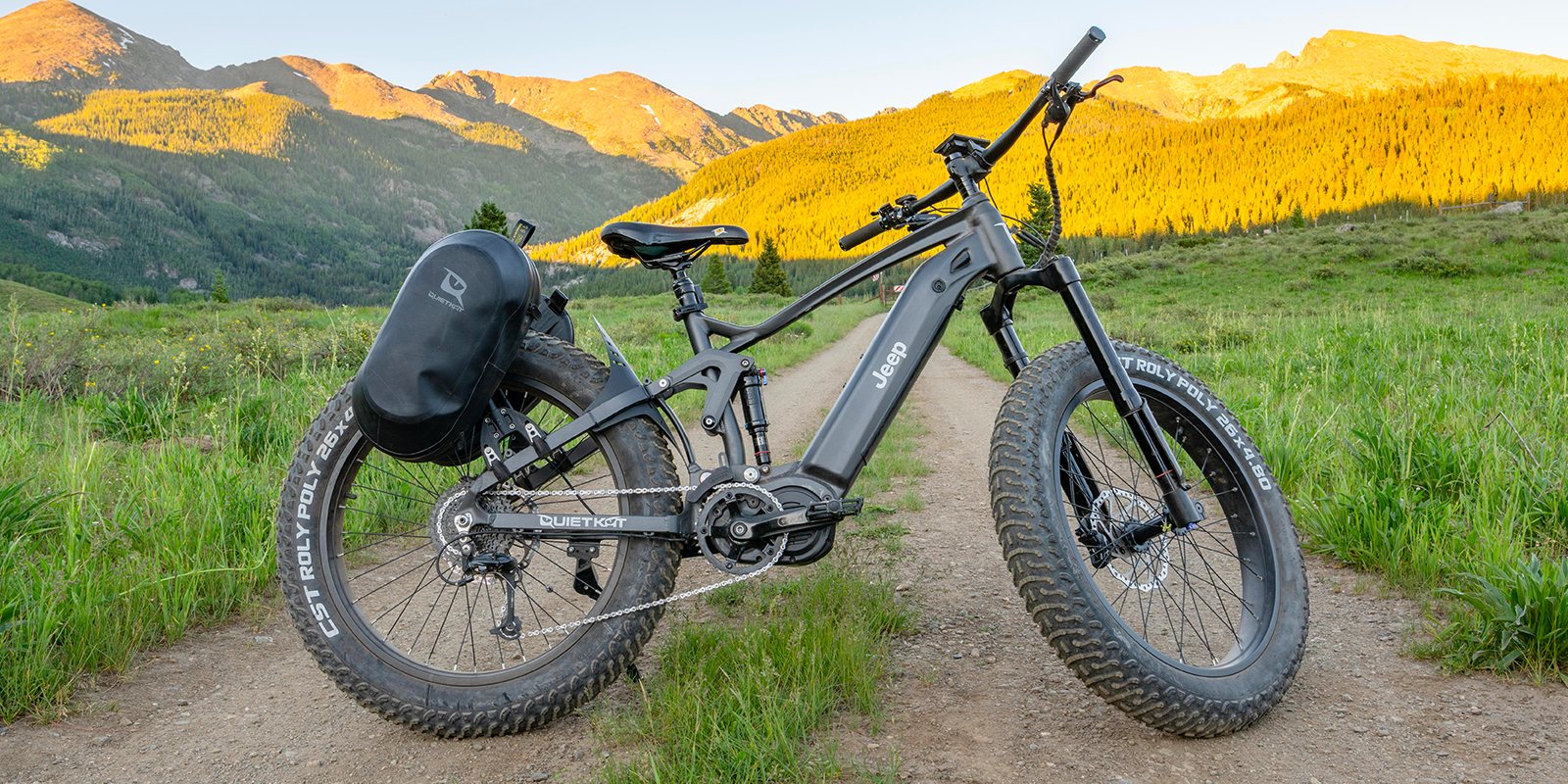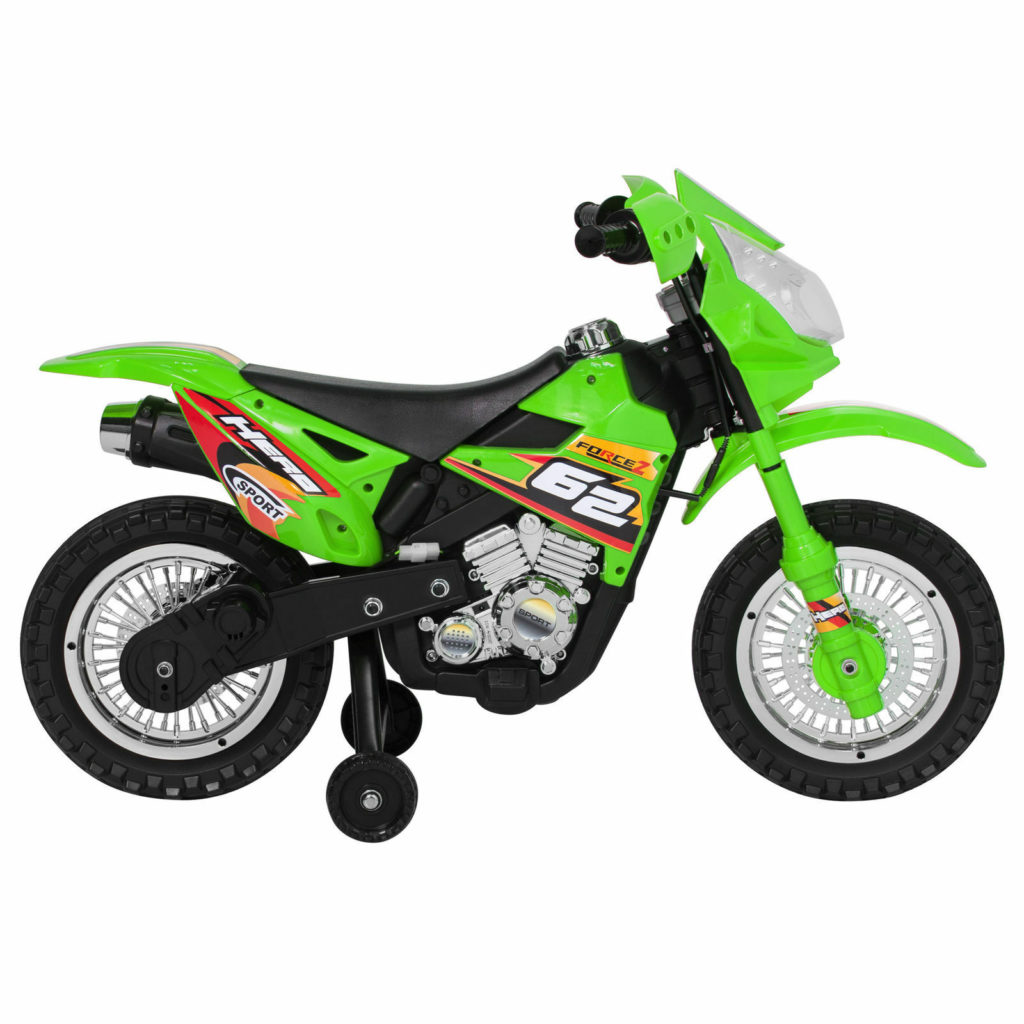
The Michaux-Perreaux was followed by the American Roper steam velocipede of 1869, built by Sylvester H. The first true motorized bicycle is generally considered to be the French Michaux-Perreaux steam velocipede of 1868. The origins of the motorized bicycle or motorbike can be traced back to the latter part of the 19th century when experimenters began attaching steam engines to stock tricycles and quadracycles. By 1888 John Dunlop's pneumatic tire and the chain drive made possible the safety bicycle, giving the bicycle its modern form. The two-wheeled pedal powered bicycle was first conceived in Paris in the 1860s. See also: Timeline of motorized bicycle history These machines utilize the pedals as the dominant form of propulsion, with the motor used only to give extra assistance when needed for hills or long journeys. The alternate design philosophy to the moped is the so-called motor-assist or pedal-assist bicycle.

A development of the motorized bicycle is the moped, which commonly has only a vestigial pedal drive fitted primarily to satisfy legal requirements, and suitable only for starting the engine or for emergency use. Some motorized bicycles are powerful enough to be self-propelled, without use of the pedals. The design of the motorized bicycle or motorbike varies widely according to intended use. In countries where automobiles and/or fuels are prohibitively expensive, the motorized bicycle has enjoyed continued popularity as a primary mode of transportation.

Nevertheless, the concept of using motor assist for the ordinary bicycle has persisted, and the concept has periodically resurfaced over the years, particularly in times of austerity or fuel shortages. As time went on, pedal propulsion was increasingly replaced by constant use of a two or four-stroke gasoline engine. In a day when gasoline engine and transmission designs were in their infancy, and power-to-weight ratios were low, a dual-purpose propulsion system seemed particularly advantageous. The earliest motorized bicycles were ordinary utility bicycles fitted with an add-on motor and transmission to assist normal pedal propulsion, and it is this form that principally distinguishes the motorized bicycle from a moped or motorcycle. In addition, modifications to a standard bicycle frame to support motorization may be extensive. Most motorized bicycles are based or derived from standard general-purpose bicycle frame designs and technologies, although exceptions abound. Motorized bicycles have utilized all variety of engines, from internal-combustion (IC) two-stroke and four-stroke gasoline engines to electric, diesel, or even steam propulsion.

The term motorized bicycle should not be confused with motorcycle since this type of vehicle uses a combination of pedal power and engine power whereas motorcycles are purely either internal combustion engine or electric motor powered. Mopeds are also almost motorized bicycles since they function the same way as these vehicles but with engines less than 50 cc (3.1 cu in). Electric bicycles technically could be in the category of motorized bicycles but instead of using internal combustion engines as a combination it is driven by electric motors which power from pedals and batteries. However, the term could be used as an umbrella category to refer to bicycles using sources besides pedal power. The term motorized bicycle refers to just a bicycle combining pedal power and internal combustion engine power. ( November 2020) ( Learn how and when to remove this template message) Statements consisting only of original research should be removed. Please improve it by verifying the claims made and adding inline citations.

This section possibly contains original research.


 0 kommentar(er)
0 kommentar(er)
